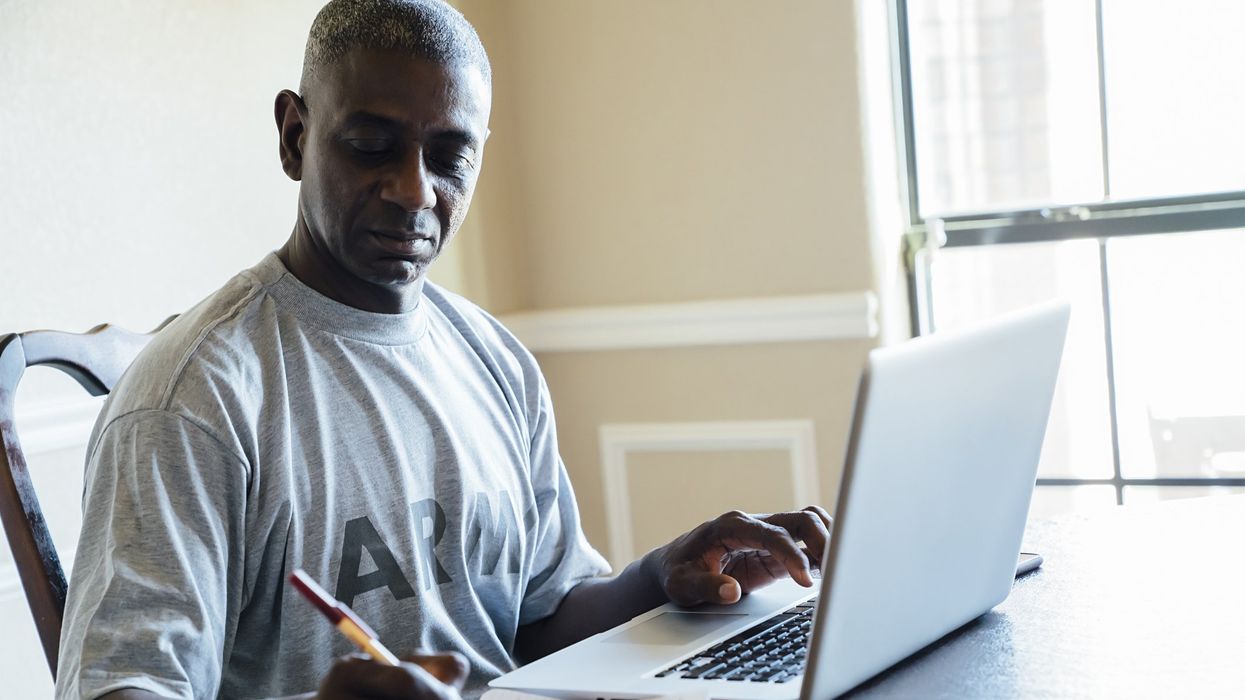In 1922, the U.S. Navy identified asbestos as the most efficient material for shipbuilding insulation and equipment production due to its heat resistance and durability. The naturally occurring asbestos mineral was also the most abundant and cost-effective material on the market. During the difficult WWII years, asbestos became critical to the U.S. Military, especially for the U.S. Navy and the U.S. Air Force: shipping and shipbuilding were essential, and parts of the military aircraft and incendiary bombs also contained asbestos.
Even as demand exceeded supply, in 1942, a presidential order banned the use of asbestos for non-military purposes until 1945. The application of asbestos-based material by the Military continued to increase until the 1970s when its carcinogenic nature came to light, and the use of asbestos started to be regulated but not banned.
Certainly, warfare is, in large part, the reason for the extensive application of asbestos and asbestos-caused malignant conditions among veterans. The issue concerns all veterans who were exposed to asbestos dust during their service years and might have asbestos fibers in their lungs, as asbestos-related conditions—such as mesothelioma, lung cancer, and asbestosis —can take between 20 to 50 years to start showing symptoms. The long latency period is also the reason why the number of asbestos-caused deaths in the U.S. has been increasing in the past decades. Everyone exposed to asbestos fibers is at risk of getting ill. However, veterans are disproportionately affected. This is well illustrated by medical reports, which show that about one-third of mesothelioma patients are veterans. Mesothelioma is a deadly and aggressive cancer that is exclusively caused by asbestos exposure.
Timely and appropriate diagnosis is the only option to find suitable treatment, alleviate symptoms, and prolong life expectancy when it comes to conditions caused by asbestos contamination. Unfortunately, the misdiagnosis of asbestos illnesses, especially mesothelioma, is far too common in the U.S. According to a 2019 medical study, about 14% to 50% of mesothelioma diagnoses are incorrect. The problem could be solved by having a national database enlisting military members with known and supposed asbestos exposure during their service years. Such a database would be an excellent tool for veterans' referrals to regular and specialized medical check-ups. We plead with the Department of Veterans Affairs (VA) and the Department of Defense (DOD) to consider urgently setting up such a registry.
While the decline in the number of veterans is primarily because the overall veteran population is aging and many pass away, illnesses—such as respiratory conditions and cancers—substantially contribute to this process. That is why it is essential that veterans diagnosed with a malignant condition stemming from asbestos exposure file claims with asbestos trust funds set up by bankrupt manufacturers or apply for disability compensation and possibly free health care from the VA.
Asbestos-linked diseases are now presumptive conditions in the PACT Act.
Veterans with known and unknown asbestos exposure must attend regular health check-ups and specialized screenings, such as chest X-rays, CT scans, or breathing tests, even if they do not experience symptoms. Only a timely discovery allows treatment to slow the progression of an asbestos-related disease, alleviate pain, and prolong life expectancy. It’s especially critical in aggressive conditions such as mesothelioma and lung cancer. Mesothelioma is especially hard to diagnose because its initial symptoms resemble more common lung disease. Lung cancer is the second most common cancer in the U.S., and similar to mesothelioma, its symptoms first show when the cancer is at an advanced stage, considerably reducing veterans’ survival odds.
Manufacturers were aware of the hazards posed by asbestos years before its use started to be regulated, and they exposed millions of service members to its danger by hiding the truth from the military. Policymakers are trying to compensate now for the harm caused. The disability compensation application process with the VA has been more straightforward since 2022, since the passage of the Sergeant First Class Heath Robinson Honoring our Promise to Address Comprehensive Toxics Act ( PACT Act). Asbestos and asbestos-related illnesses have been added to the list of presumptive conditions, and more than 1.4 million veterans have been approved for benefits nationwide thanks to the Act.
Having a disability, especially at an older age, is an enormous burden—not only mentally and physically, but financially, too. Veterans should claim what is rightfully theirs and offered by the VA’s disability compensation program, its asbestos trust funds, and the PACT Act. More information is available at https://www.va.gov/resources/the-pact-act-and-your-va-benefits/.
Cristina Johnson is a Navy veteran advocate for Asbestos Ships Organization, a nonprofit whose primary mission is to raise awareness and educate veterans about the dangers of asbestos exposure on Navy ships and assist them in navigating the VA claims process. For more information, please visit our page.





















